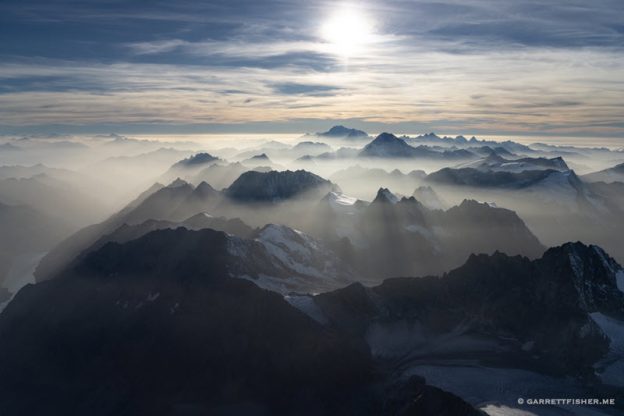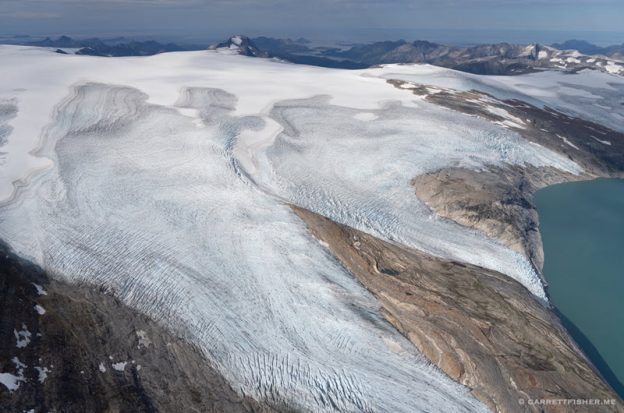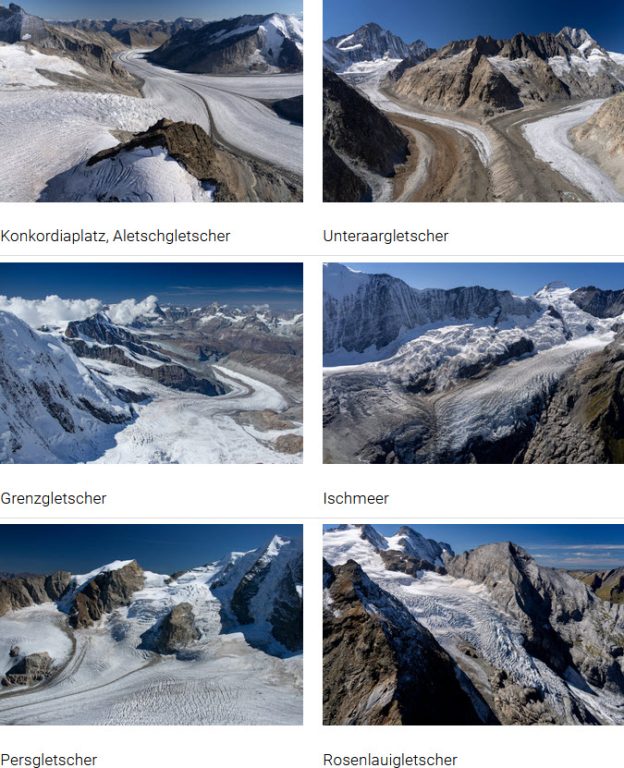One may have observed that I write less than I used to. I will deliberate more in the future, though; suffice it to say, the world has changed since I started blogging. Oversharing and an excess of content on the Internet have altered the dynamic. Who needs to read my nonsense when there are cat videos to be watched instead?
In any case, the post in question covers the not-so-blissful side of aviation…when maintenance shops overrun schedules by months, and it leads to last-minute scrambling, where I find myself flying 12 hours to southern Spain at the last minute for an inspection that was never supposed to happen. Nobody said aviation was easy.
I ironically took a very similar flight almost exactly 365 days prior. It was then a three-day flight with a five-day interruption due to weather, taking in the end 8 days. At the time, I blamed it on December weather, short days, and strong headwinds. Since Spain is in a vicious drought, I told myself it would be easy.
Outbound was over the pass to Sion. I learned that the 9 litres I burn to hop from Gstaad to Sion are not worth the 30 minutes it takes to fuel, so I quickly park at Tango 10, get back in the plane, and head off to Montpellier, France.
This time, there were headwinds, which have not happened any other time on this routing. I was doing a whopping 53 kts over the pass into France, which left me calculating alternates. I decided to head down the Alps at a lower altitude, sneaking over passes at 7,500’ to 8,500’ feet, two ridges from the western edge, which did serve to weaken or eliminate headwinds. It also made it more interesting, as the snow was astonishingly deep.
Due to an aeronautical traffic jam, Montpellier was a bit more tedious than normal. I had intended not to repeat my mistake of the year prior, stopping at La Cerdanya (which has no fuel). The problem was that Sabadell, Spain, had ATC strikes. I filed for La Seu d’Urgell, Spain, which has fuel, as I intended to find a hotel in Andorra if I had to. That flight plan sent off a cascade of alarm bells, and I got several phone calls on the way to Montpellier. Eventually, the Spanish contacted Montpellier ATC, who told me the flight plan had to be cancelled for “separation”… because a single airline flight was scheduled. As my non-pilot wife said, “The airliner lands…then you land. What is so hard about that?” I stopped in La Seu the year before and can attest that fueling and other airport operations is quite hard for them.
Given that the flight plan was right before closing, I had no choice but to go to La Cerdanya. I figured I’d have to make an extra fuel stop the next day, though so be it. Then I had a brilliant scheme. I had brought a jerry can in back….” just in case.” “Why not get a taxi to make multiple runs to Repsol in Prats i Sansor, to get 98 mogas?” Of all things, the manager of the gliding club, whom I know, happened to be there, and he drove me to Repsol with extra cans, and we topped off the Super Cub at dusk. A big thank you!
I learned something in my stop at La Cerdanya the year before. 30F / -1C overnight low temperatures translate into a monstrous amount of ice on the plane, as it had to be parked outside. It does not melt in the sun quickly. I had my heinously overpriced covers for the Super Cub with me, so after wrestling with the airplane in the dark to put a full aeronautical condom on the airplane, I arrived the next morning to unsheathe it, itself a wrangling process as it was a block of ice, though it did save some time compared to watching it not melt.
The forecast for the day said I would have some headwinds, which would be on or off the rest of the day. A bit slow, though doable. They were “on”… all day…and they weren’t slow. I filed for Requena, fueled, then for Juan Espadafor, a small strip near Granada which was my destination, which I barely made before sunset due to strong headwinds. I battled downdrafts from Tarragona all the way to Granada, with turbulence most of the day.
90 minutes before Granada, with an immensely sore arse, a tired mind from riding the turbulence bronco, and fed-up emotions over a flight I did not want to nor should have had to take, I entertained aeronautical apostasy. “And what the hell do I have two planes anyway for? This is ridiculous.” The notion of disposing of one of them passed in short order. Which one could I possibly sell? I later confessed to my wife how I almost walked astray from the faith, and she so poignantly stated, “I wouldn’t let you sell one of them.”
I have come to understand that it may be my wife’s tolerance and encouragement of such financial profligacy toward aviation that is the envy of other pilots. In any case, I keep telling myself that the maintenance drama is merely a chapter in a book that will soon change. We shall see if it is pure delusion or good engineering.







